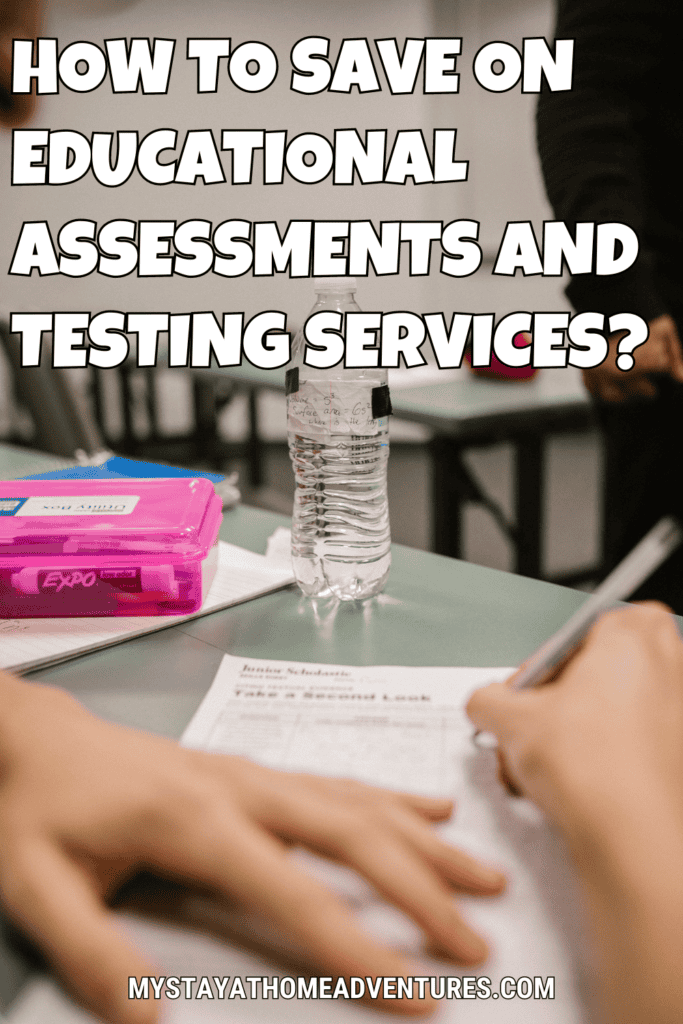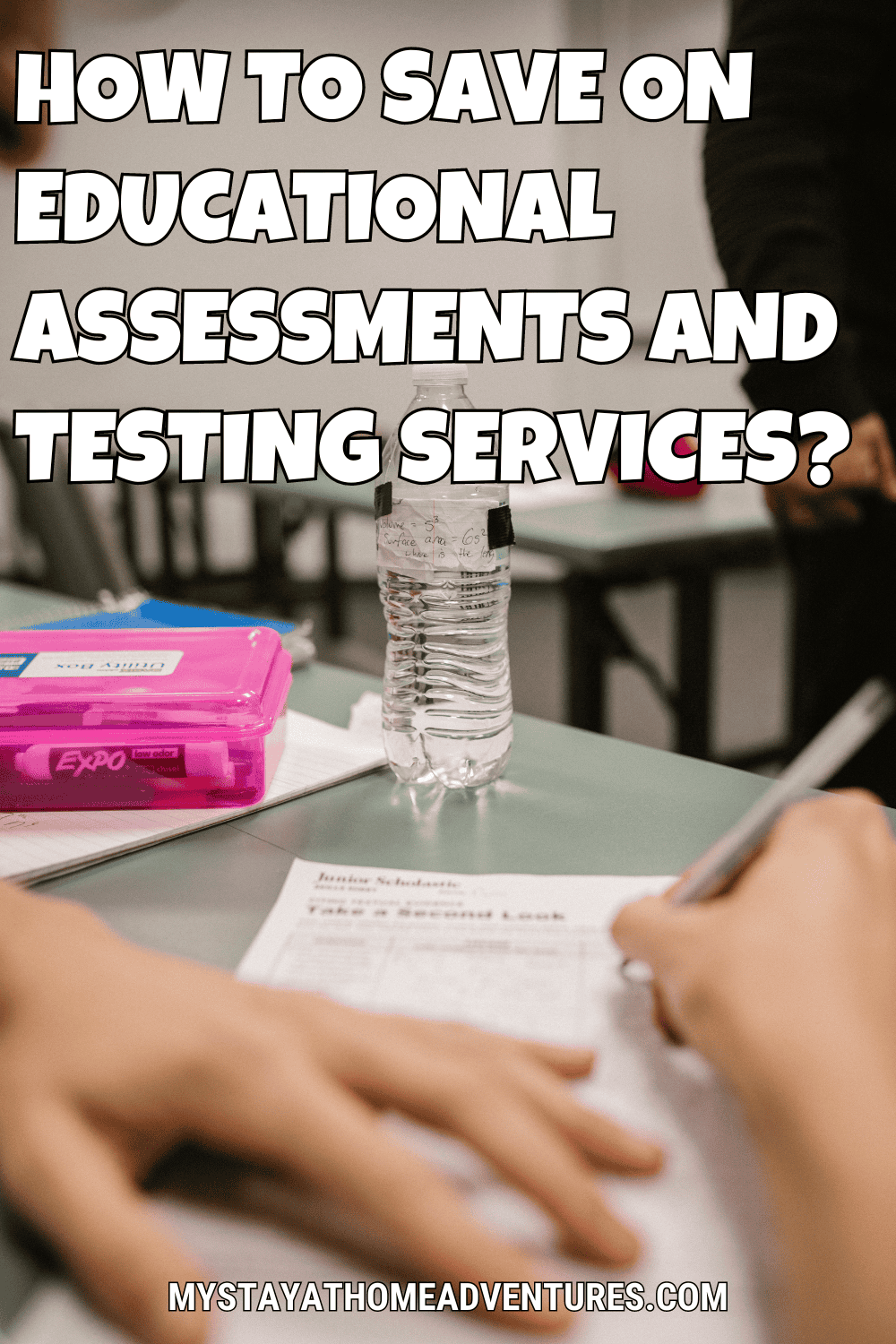How to Save on Educational Assessments and Testing Services?
This post may contain affiliate links which might earn us money. Please read my Disclosure and Privacy policies hereEducational assessment and testing services are two important facilitators in modern education, serving as milestones that indicate students' progress in learning and facilitating teachers in adopting the right teaching strategies. However, this might come at a price that the schools, parents, or even individual learners cannot afford. Here are some effective strategies recommended by the assessment help and assignment helper experts to save on educational testing services without compromising on quality.

1. Utilize Open Education Resources (OER)
The term “open educational resources” refers to teaching, learning, and assessment materials that are either in the public domain or made available for free use, modification, and sharing under an intellectual property license. Many institutions and organizations provide OERs that contain assessment elements and tools. Using these will save you significant money off of the purchase of proprietary testing items or products.
2. Online Assessment Platforms
There exist a number of online platforms offering peer-review assessment tools at low or no cost at all. Most of these tool sets are fully functional that include both formative and summative tools with strong analytics and reporting features. By considering such platforms, you can able to lower your expenditure on conventional paper and pen-based assessment modes and the related costs of logistics.
3. Use Peer and Self-Assessment
Peer and self-assessment strategies reduce costs and lead to more engaged and learning students. The place trains the students to grade their personal work or peers; this relieves schools of reliance on paid external testing services. In this approach, the students learn critical thinking, reflective processes, and collaborative learning. By rubrics and guidelines, teachers can make sure assessments are objective and beneficial.
4. Adopt State or District-Level Standardized Testing
A great deal of the standardized testing developed at a state or district level is funded through governmental budgets and not necessarily through the schools' own budget. The use of these tools to help get your syllabus on track will greatly enhance the chances of your students performing well on these tests without having to hire expensive testing services to do much of the same work.
5. Grants and Funding
Grants and funds are made available by numerous organizations and government bodies expressly for use in educational testing and assessment. Identify these and submit an application to get the funds. Numerous websites exist that run databases of accolades that are available for schools and instructors to search through.

6. Collaboration with Other Schools or Districts
One can also partner with other schools or districts that would allow for discounts through bulk purchasing, thereby sharing resources. Cooperative ventures might include pooling resources to purchase assessment tools or hiring assessment experts to serve a variety of schools, all of whom are sharing the expense.
7. Use Data to Drive Decisions
Invest in data analytics tools that will enable you to make more informed decisions about assessments. If you can analyze some of the already collected data, schools are able to pinpoint areas in which students are struggling the most and then line up assessments that would provide that information. In this way, reducing these unnecessary tests by focusing resources in the most desired place is possible.
8. Train Teachers in Effective Assessment Strategies
Offering professional development in methods of effective assessment is another way to reduce the need for external testing services. If teachers are trained to design and implement assessment tools properly, they will manage to come up with quality assessments that answer the educational requirements. The training of teachers may call for initial investment, but it also has the added advantage of building internal capacity while reducing continuous expenses in the long run.
9. Evaluate the Cost-Effectiveness of Current Assessments
Periodically review and assess the cost-effectiveness of your existing evaluations. Are there cheaper options out there that produce equal or even better quality with increased insight? Do some assessments simply repeat what others do or even turn out to be useless? Make a proper analysis of how savings can be made without affecting the quality of educational assessment.
10. Consider integration into technology
Technology can facilitate assessment to be more efficient and less costly. Automated grading systems, digital portfolios, and online testing platforms save time and resources. For example, Turnitin and Grammarly offer plagiarism detection and grammar checking that can be used to augment traditional assessment techniques, providing further layers of assessment at a lower cost.

To Sum Up,
It's possible to save on educational assessment and testing services through strategic, admissions-use planning and collaboration in the utilization of resources. By utilizing free resources, technology, and teacher training, schools can maintain cost-effective operations while meeting the criteria for quality assessment. In addition to achieving economies of scale, these will make educational assessment procedures more effective and long-lasting.








Content Development, SEO Company in Panchkula Content Marketing, SEO Company in Mohali Conversion Rate Optimization, Email Marketing, Online Reputation Management, Seo Company In Punjab, SEO COMPANY IN GURGAON, Brand Reputation Management, Hospital Reputation Management, Web Analytics and Internet Marketing. SEO Company in Faridabad However, this is a complex process as it involves the large numbers Vishyat Technologies SEO company in Ludhiana optimizes your site, with or set up an seo company in Amritsar extensive social media presence for you. Vishyat Technologies is one of the best Digital Marketing and SEO company in Chandigarh. We have helped a lot of businesses get better online exposure. Vishyat Technologies offers SEO Company in Zirakpur, Website development, SEO, PPC, Backlink Building